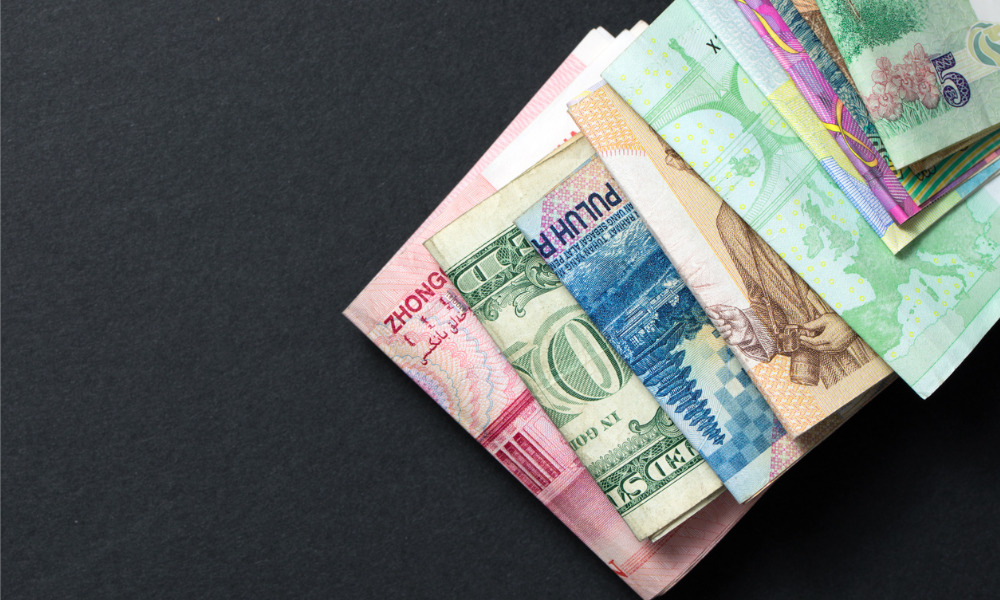Global firm's asset-management unit suggests they can help reduce downside exposure, though not all investors are comfortable

With interest rates set to be stuck at historic lows for the foreseeable future, traditional bond-market exposure is doubtlessly losing its appeal even among the most faithful of fixed-income investors. And a leading voice at Goldman Sachs’ asset management unit is suggesting that it may be time to consider a traditionally ignored asset class.
“Part of the answer of, ‘What is the new 60/40?’, involves currencies,” Ashish Shah, co-chief investment officer of global fixed income and liquidity solutions at Goldman Sachs Asset Management, recently told Institutional Investor. “We think you can use currencies to create diversification.”
By blending them judiciously into portfolios, investors can use currencies to reduce their downside exposure to bond duration and interest-rate risks, according to Shah’s thinking.
With central banks expecting to keep a lid on interest rates, he said currencies are “taking up the volatility that used to occur within rates.” As more cyclical currencies tend to sell off on “weaker days,” he said the U.S. dollar, yen, euro, and other more stable currencies tend to do well.
“Most people think of currencies as being very risky,” he acknowledged, adding that the majority of people “try to use currencies to make money — not to protect themselves.”
That discomfort, he suggested, tends to be pervasive among U.S. investors. In comparison, international investors who are more accustomed to dealing with exchange rates – Europeans, who were naturally exposed to the region’s multiple currencies before the advent of the euro, are a case in point – tend to be more open to having them in their portfolios.
While investors could get some exposure to the asset class through currency mutual or exchange-traded funds, experts have cautioned that they require a firm grasp of the currency markets. That’s a high wall to scale for many as foreign exchange rates can turn on a myriad of factors including trade and economic policy, geopolitics, and market sentiment, to name a few.



